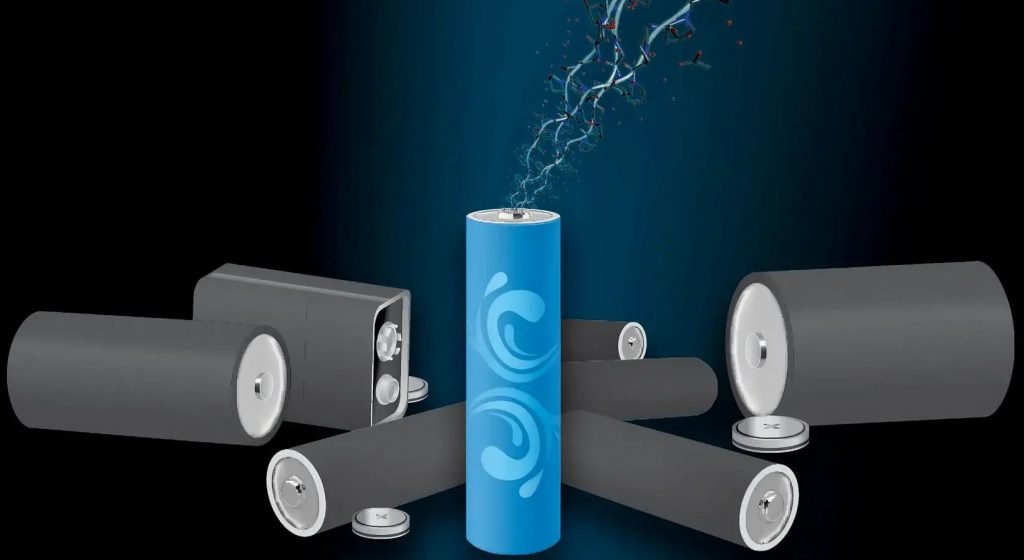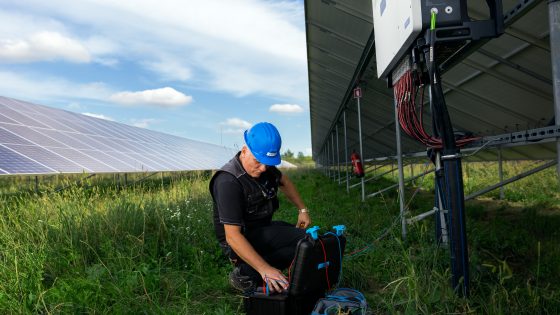Water-based batteries can be an alternative to lithium

Metal-free water-based batteries are unique and completely different from those that use cobalt in its lithium-ion form. The research team's focus on this type of battery stems from a desire to have greater control over the domestic supply chain, as cobalt and lithium are typically sourced in other countries. In addition, safer battery chemistry could prevent potential fires.
Chemical engineering professor dr. Jodie Lutkenhaus and Assistant Professor of Chemistry Dr. Daniel Tabor published their findings on lithium-free batteries in the journal Nature Materials.
"There would be no more battery fires because everything is water-based," Lutkenhaus said. "If the projected shortage of materials occurs in the future, the price of lithium-ion batteries will rise sharply. If we have an alternative battery, we can turn to this chemistry where the supply is much more stable because we can make them in the United States and the materials to make them are available here.”
Lutkenhaus also said that water batteries consist of a cathode, an electrolyte and an anode. Cathodes and anodes are polymers that can store energy, and the electrolyte is water mixed with organic salts. The electrolyte is crucial for ionic conduction and energy storage through interaction with the electrode.
"If the electrode swells too much during its cycles, then it can't conduct electrons very well and you lose the overall performance," she said. "I believe there is a 1,000 percent difference in energy storage capacity depending on the choice of electrolyte due to swelling effects."
According to their paper, redox-active, non-conjugated radical polymers (electrodes) are promising candidates for metal-free water batteries due to the polymers' high discharge voltage and fast redox kinetics. The reaction is complex and difficult to solve due to the simultaneous transfer of electrons, ions and water molecules.
Tabor's research group supplemented the experimental efforts with computer simulations and analyses. The simulations provided insight into the microscopic molecular picture of structure and dynamics.
“Theory and experiment often work closely together to understand these materials. "One of the new things we do computationally in this paper is to actually charge the electrode to multiple states of charge and see how the surroundings respond to that charging," Tabor said.
The researchers macroscopically observed whether the battery's cathode performed better in the presence of certain types of salt by measuring exactly how much water and salt went into the battery during operation.
"We did this to explain what we observed experimentally," he said. “We would now like to extend our simulations to future systems. We needed to confirm our theory about what the forces are that drive such water and solvent injection.”
“With this new energy storage technology, we are one step closer to lithium-free batteries. "At the molecular level, we have a better idea of why some battery electrodes work better than others, and that gives us strong evidence and guidance on how to move forward in materials design," said Tabor.





























